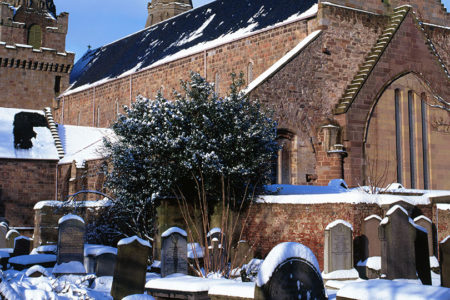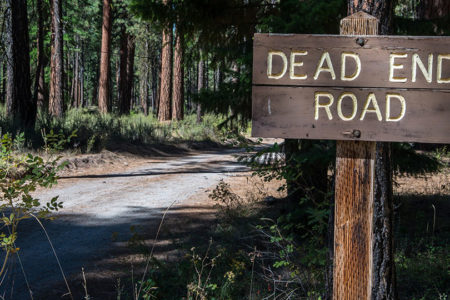The Rise of Preterism
Preteristic interpretation first appeared in a commentary on Revelation by the Spanish Jesuit Luis Alcazar (1554–1613). He interpreted symbols in Revelation as the victory of the Roman Catholic Church over paganism and especially over the Jewish people, whose divine rejection he believed was finalized in A.D. 70.
However, leading Jesuit commentator Cornelius Lapide (1567–1637) rejected Alcazar’s Preterism as “new and against the usual interpretations,” “mystical rather than literal,” “allegorical,” and “makes assertions without proof.”1
The first Protestant preterist was Hugo Grotius (1538–1645), a Dutch Arminian who also originated the heretical governmental view of the atonement, while Henry Hammond (1605–1660), who followed Grotius’s approach, introduced it to British soil. However, both of these men were more historicist than preterist, and their views were largely ignored, although post-Reformation groups, such as the Huguenots, denounced their views. One of their leaders, Pierre Jurieu (1637–1713), said Preterism “dishonors its authors” and constitutes “a shame and disgrace not only to the Reformation, but also to the name Christian.”2
Even so, this form of Preterism was mild. Although English Protestant scholar John Lightfoot (1602–1675) also adopted a mild Preterism, the preterist interpretation was not seen in Protestant scholarship until the 1800s when it emerged as a product of German rationalism. This liberal school, which rejected supernatural revelation and originated biblical higher criticism, adopted Preterism to avoid predictive prophecy and give a naturalistic interpretation to the book of Revelation through a comparison with the apocalyptic literature of the Apocrypha and Pseudepigrapha.
As German rationalism spread, the preterist interpretation became established in Protestantism in the British Isles and United States and influenced later evangelical academics, such as J. Stuart Russell (1816–1895) and Moses Stuart (1780–1852), whose works represented the modern forms of Preterism.
The popular rise of partial Preterism among American Protestants of the Reformed tradition can be traced to the 1970s and the Christian Re -construction movement through the influence of the late Greg Bahnsen and its popular pro -motion by his students David Chilton, Kenneth L. Gentry Jr., and Gary DeMar, as well as R. C. Sproul (who became a preterist in the 1990s).
The rise of full Preterism can be credited to the Churches of Christ and specifically to one of their pastors, Max R. King, whose disciples include present full preterists Don K. Preston, John L. Bray, and John Noe.







